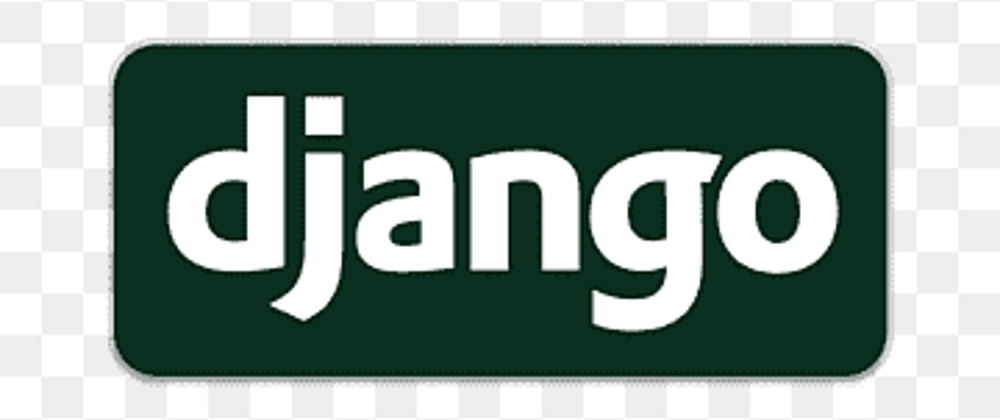Django is a comprehensive set of interconnected components aimed at seamless collaboration, encompassing various aspects of web development. While exploring the internet, you come across diverse websites that may appear distinct, but essentially, they share similar underlying structures and functionalities.
Each website utilizes HTML, which presents the website's content, CSS, responsible for styling the content's appearance, images, and other elements to create its design and functionality.
Most websites have the possibility to log in to a private area, where you can see customizations done for the user and data that may not be public.
Django supports all this with its components.
A notable feature of Django is the modularity of its components, allowing them to function independently and be utilized individually without the need to load the entire framework. Additionally, some of the higher-level components make use of existing ones, enhancing their functionality and flexibility.
The Django framework originated at the Lawrence Journal-World offices, a newspaper based in Lawrence, Kansas. This origin is reflected in the online tutorial on the official Django site, which showcases several content views filtered by date and time. While the early versions likely concentrated on resolving newspaper-related issues, the framework has evolved significantly over time. Presently, Django has matured into a versatile tool capable of addressing challenges across various domains, extending well beyond its newspaper-specific origins.
Django is not a micro-framework; it comes with baggage. If your online presence is growing to the point that you have multiple engineering teams working on different areas of the software that have very specific requirements, Django may not be lean enough for you anymore. But for the majority of sites, it works quite nicely.
Django is a framework that follows the model-template-view pattern, which is very similar to the model-view-controller pattern that many other frameworks have. The model layer represents the database layer, used for data storage. Django abstracts you from writing SQL queries.
Instead of SQL, you use Python objects, and the load/save operations are handled for you.
The template layer is responsible for composing the HTML responses. It allows you to divide the HTML in sections, incorporate these sections in multiple pages, do on-the-fly transformations and generation of data, and many other operations
The view layer is the layer that sits in between the database and HTML, and normally is the biggest layer in an application. It is where most business logic is located. It is responsible for telling the template layer what output to generate, to pass the data that needs to be returned to the user, to handle form submissions, and to interface with the model layer for
persisting data.
Here are some more notable features and notes on the framework:
Django's Admin Interface: One of Django's key strengths is its built-in admin interface. This powerful feature allows developers to create a fully functional admin panel for managing site content, users, and other administrative tasks with just a few lines of code. It's a great time-saver for handling routine backend operations.
Django Rest Framework (DRF): While Django is primarily designed for server-side web development, DRF is a popular extension that facilitates the creation of RESTful APIs. It makes it easy to build APIs for your web or mobile applications, providing serializers, views, and authentication support.
URL Routing and View Functionality: Django's URL routing system allows developers to map URLs to specific view functions, making it easy to organize and handle different parts of the website. Views can be function-based or class-based, giving developers flexibility in their coding style.
4.Django ORM (Object-Relational Mapping): The Django ORM abstracts database interactions, allowing developers to use Python code to perform CRUD (Create, Read, Update, Delete) operations without writing raw SQL queries. This ORM supports various database backends, making it simple to switch databases if needed.Security: Django emphasizes security best practices, such as protecting against common web vulnerabilities like Cross-Site Scripting (XSS), Cross-Site Request Forgery (CSRF), and SQL injection. It also provides mechanisms for user authentication and authorization.
Django Signals: Signals allow decoupling of components in a Django application, enabling different parts of the application to communicate and respond to events triggered by other components. This promotes maintainability and modularity in the codebase.
Middleware: Django's middleware allows developers to add global functionality to the request-response cycle. Middleware can handle authentication, logging, caching, and other cross-cutting concerns.
Third-Party Packages: Django's extensive ecosystem includes a wide range of third-party packages that can be easily integrated into projects. These packages offer additional functionality, such as form handling, social authentication, and more.







Top comments (1)
I am currently doing my research for a Django introduction piece and I love how this artifle mentions signals and other components. Good job